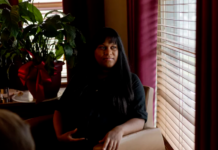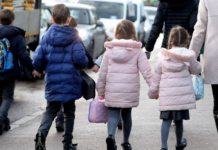At the Center for Law and Social Policy, Deanie Anyangwe has this story on the relationship between youth mental health struggles and experiences of and violence, poverty, racism, and other socioeconomic factors:
“For many young people in the United States, community violence is an unfortunate part of daily life. Also called neighborhood violence, community violence is an interpersonal form of violence between individuals not involved in familial or intimate relationships. It includes incidents such as shootings, stabbings, and other aggravated assaults; is often carried out by young people; and frequently occurs in public settings. These situations happen when complex environmental factors like poverty, structural racism, systemic disinvestment, and easy access to alcohol, drugs, and weapons coincide. . . .
Community violence is a traumatic stressor that has damaging effects on young people’s mental, social, psychological, physical and economic well-being. Young people exposed to violence are at risk for poor long-term behavioral and mental health outcomes, such as depression, anxiety, and aggressive behaviors. In instances where young people are chronically exposed to community violence, they may also demonstrate symptoms of post-traumatic stress disorder, regardless of whether they are victims, direct witnesses, or hear about the crime. Evidence also shows that people who were exposed to gun violence fatalities experienced higher levels of depression and suicidal ideation than those who were not exposed. . . .
Gun violence overwhelmingly harms people in communities that have been economically marginalized. Neighborhoods with high levels of violence routinely face multiple compounding challenges arising from and exacerbated by structural inequity and racist policies such as segregation; limited availability of or access to quality jobs; a lack of safe and affordable housing; a lack of affordable, quality physical and mental health services; and histories of divestment. Moreover, significant research on the interactions of place and violence, along with a robust body of evidence, demonstrates the connection between state-sponsored racial segregation and rates of violence today.”
Article → ***
***
More from Around the Web
More from Mad in the Family














